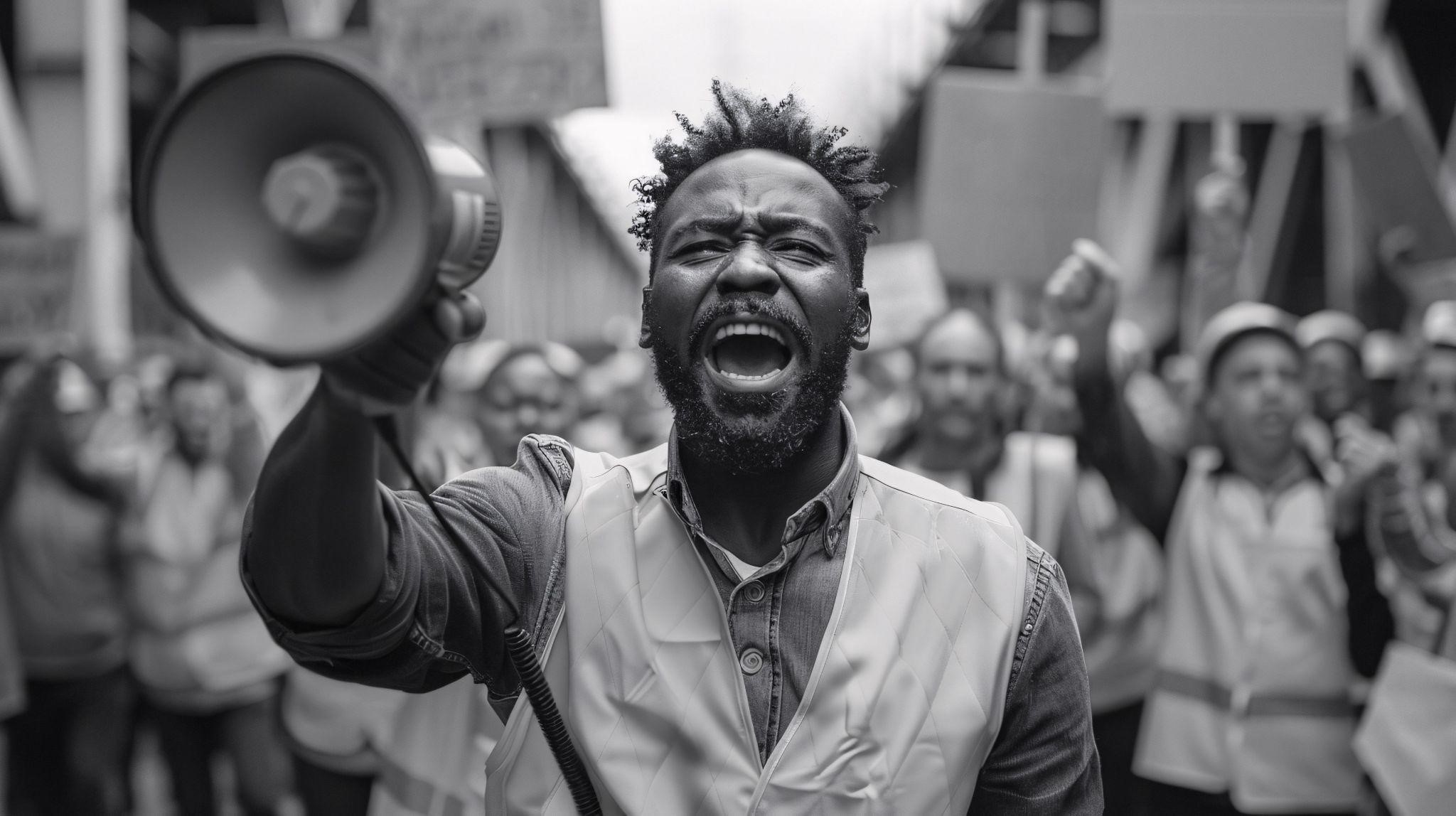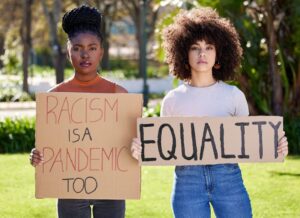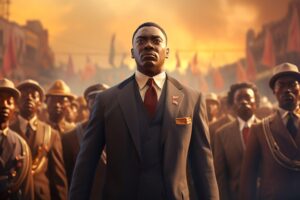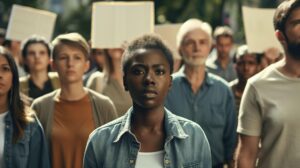When you think about the civil rights movement, iconic names like Martin Luther King Jr. and Rosa Parks likely come to mind.
But if you look deeper, you’ll discover a hidden network of unsung heroes whose civil rights activist stories are equally compelling, and crucial to the progress America has achieved.
These were everyday people, students, pastors, mothers, factory workers, who decided they could no longer accept injustice.
Their courage, sacrifices, and determination sparked extraordinary change, reminding us that history is shaped not only by famous leaders but also by countless ordinary individuals who chose to stand up and fight for what is right.
Beyond the Icons: Unsung Heroes of the Civil Rights Movement
You might be surprised at how many stories of civil rights activists never make it into textbooks. Consider Claudette Colvin, a 15-year-old high school student in Montgomery, Alabama, who refused to give up her bus seat to a white passenger months before Rosa Parks did the same.
Although Claudette’s arrest didn’t become the catalyst for a citywide boycott, her bravery was a crucial component of the legal strategy that ultimately dismantled bus segregation.
Or think of Diane Nash, a young college student in Nashville who helped organize the Freedom Rides and led nonviolent protests throughout the South. Her leadership forced authorities to confront the immorality of segregation.
These are just two examples among thousands. The stories of civil rights activists remind you that significant change often begins when someone ordinary dares to take an extraordinary stand.
The Everyday Courage That Changed America
For many activists, fighting for civil rights meant facing daily threats of violence, imprisonment, and economic retaliation. Yet, they persevered because they believed that silence in the face of injustice was no longer an option.
- The Greensboro Four: In 1960, four Black college students sat down at a “whites-only” Woolworth’s lunch counter in North Carolina. They were denied service, but they returned the next day with more students. Within days, sit-ins spread across the country, leading to the desegregation of many public spaces.
- Fannie Lou Hamer: Born to sharecroppers in Mississippi, Hamer became a leader in the fight for Black voting rights. Despite beatings, threats, and constant danger, she famously testified before the Democratic National Convention in 1964, declaring, “I’m sick and tired of being sick and tired.” Her courage gave voice to countless disenfranchised Black Americans.
These civil rights activists’ stories show how ordinary individuals wield extraordinary moral power. They teach you that change doesn’t always require fame or wealth—it demands conviction, courage, and persistence.
Grassroots Movements: The True Engine of Change
While charismatic leaders often get the spotlight, the real engine of progress in the civil rights movement was grassroots organizing.
Local communities planned boycotts, voter registration drives, and peaceful protests. These seemingly small acts collectively created massive social and legislative change.
- Churches as Command Centers: Black churches served as vital hubs where activists planned strategies, held meetings, and found support. Pastors like Rev. Fred Shuttlesworth in Birmingham risked their lives leading demonstrations, knowing full well that churches were frequent targets of bombings and violence.
- Student Activists: From the Student Nonviolent Coordinating Committee (SNCC) to campus-based protest groups, young people played a disproportionately large role in shaping the civil rights movement. They staged sit-ins, freedom rides, and voter registration campaigns, often putting themselves directly in harm’s way.
These civil rights activists’ stories highlight the importance of collective action. Each individual’s small contribution became part of a powerful tidal wave pushing the country toward justice.
How Media Helped Turn Stories Into Change
It’s hard to imagine the civil rights movement without the photographs, television broadcasts, and news reports that exposed the brutality of segregation to the world.
Images of peaceful protestors attacked by police dogs, fire hoses, and angry mobs stirred national outrage and forced political action.
When you see the famous photos of Bloody Sunday in Selma, Alabama—where state troopers beat marchers on the Edmund Pettus Bridge—it’s clear how critical media was in amplifying civil rights activists’ stories. Suddenly, the struggle wasn’t a distant issue; it was America’s reality, beamed into living rooms nationwide.
This media exposure helped build public pressure that lawmakers could no longer ignore, paving the way for crucial legislation, such as the Civil Rights Act of 1964 and the Voting Rights Act of 1965.
Lessons From History: Why These Stories Still Matter
You may wonder why the stories of civil rights activists from decades ago remain relevant today. The answer is simple: because the struggle for justice continues. Systemic racism, inequality, and voter suppression persist in new forms.
Movements like Black Lives Matter draw direct inspiration from past civil rights campaigns, using nonviolent protest and grassroots organizing to demand accountability and change. The tactics may evolve, but the underlying message remains the same—your voice matters, and silence enables injustice.
Understanding these historical stories gives you the tools and hope to confront modern challenges. They remind you that every generation has a role to play in the fight for justice.
A Glimpse Into Dr. Okoroafor’s Perspective
In his book The Black Man in America: The Plight of Black Men and Boys in the US, Dr. Iheanyi D. Okoroafor offers powerful insights into how systemic racism has shaped generations of Black lives.
While the book delves deeply into historical and modern struggles, it also sheds light on the courage and resilience of civil rights activists, both famous and unsung.
Their stories prove that change is possible—even when the odds seem insurmountable—and that you, too, can be part of writing a new chapter of justice in America.
How You Can Carry Their Legacy Forward
Civil rights activists’ stories are not just chapters in history books—they’re calls to action for you today. Here’s how you can honor their legacy:
- Educate Yourself and Others: Learn about lesser-known figures who shaped the movement. Share their stories to keep their legacies alive.
- Speak Up Against Injustice: Whether in your community, your workplace, or online, use your voice to challenge discrimination wherever you see it.
- Support Civil Rights Organizations: Many groups continue the fight for voting rights, racial justice, and equal opportunity. Your donations, time, or skills can make a real impact.
- Vote with Civil Rights in Mind: Research candidates’ positions on civil rights issues. Participate in local elections where decisions often directly affect marginalized communities.
- Encourage Conversations: Share the stories of civil rights activists with friends, family, or students to foster meaningful discussions and promote understanding. Understanding history is the first step toward changing the future.

Discover how ordinary people became extraordinary forces for civil rights and justice. Your Voice Matters
Remember, the people who changed history weren’t superheroes. They were individuals like you, students, parents, neighbors, who refused to accept injustice as the status quo. The stories of civil rights activists show that real progress begins when someone decides to take action.
Are you ready to learn more and be inspired? Dive deeper into history and discover powerful insights in Dr. Iheanyi Okoroafor’s book here. Let their courage guide you as you help write the next chapter of America’s story.




